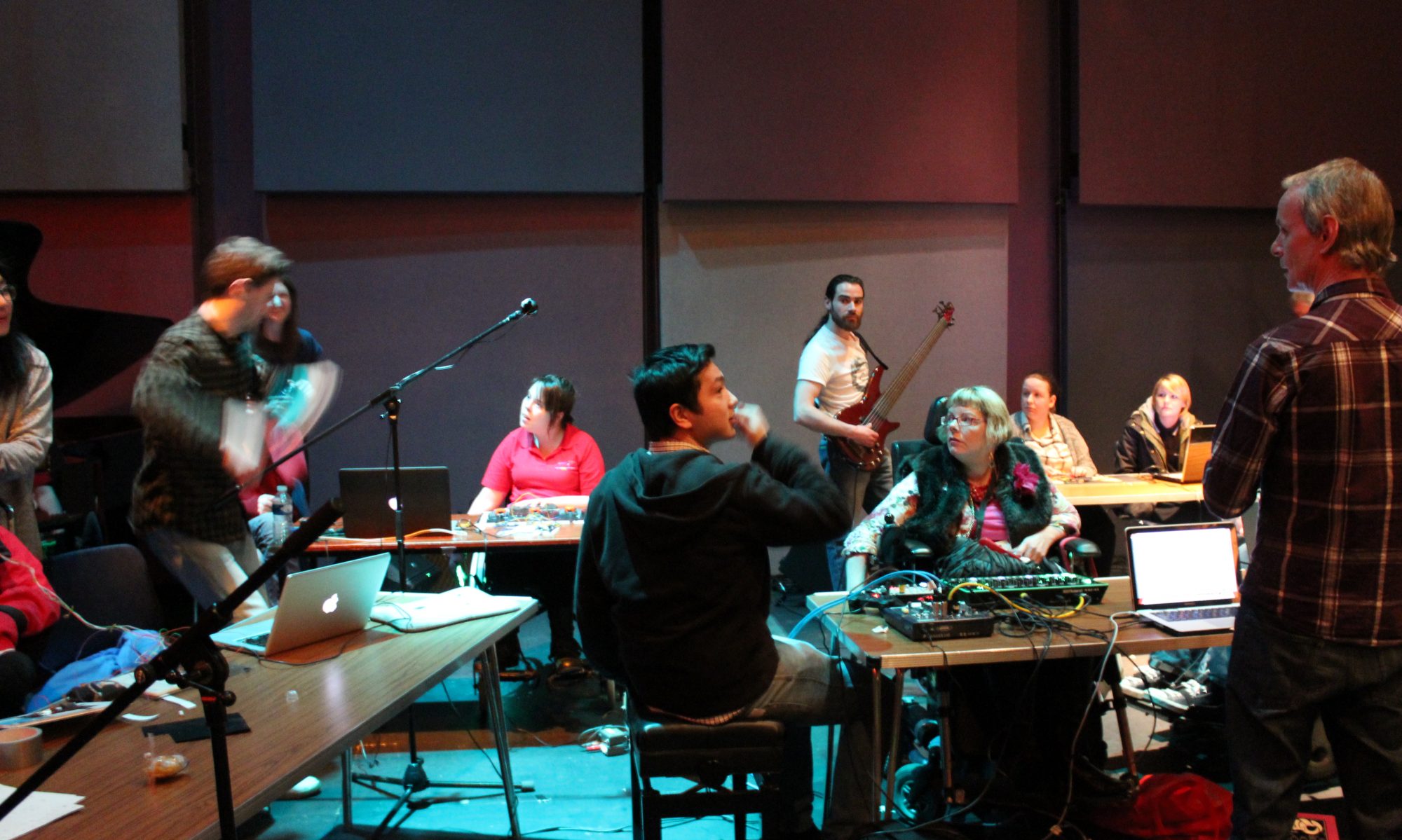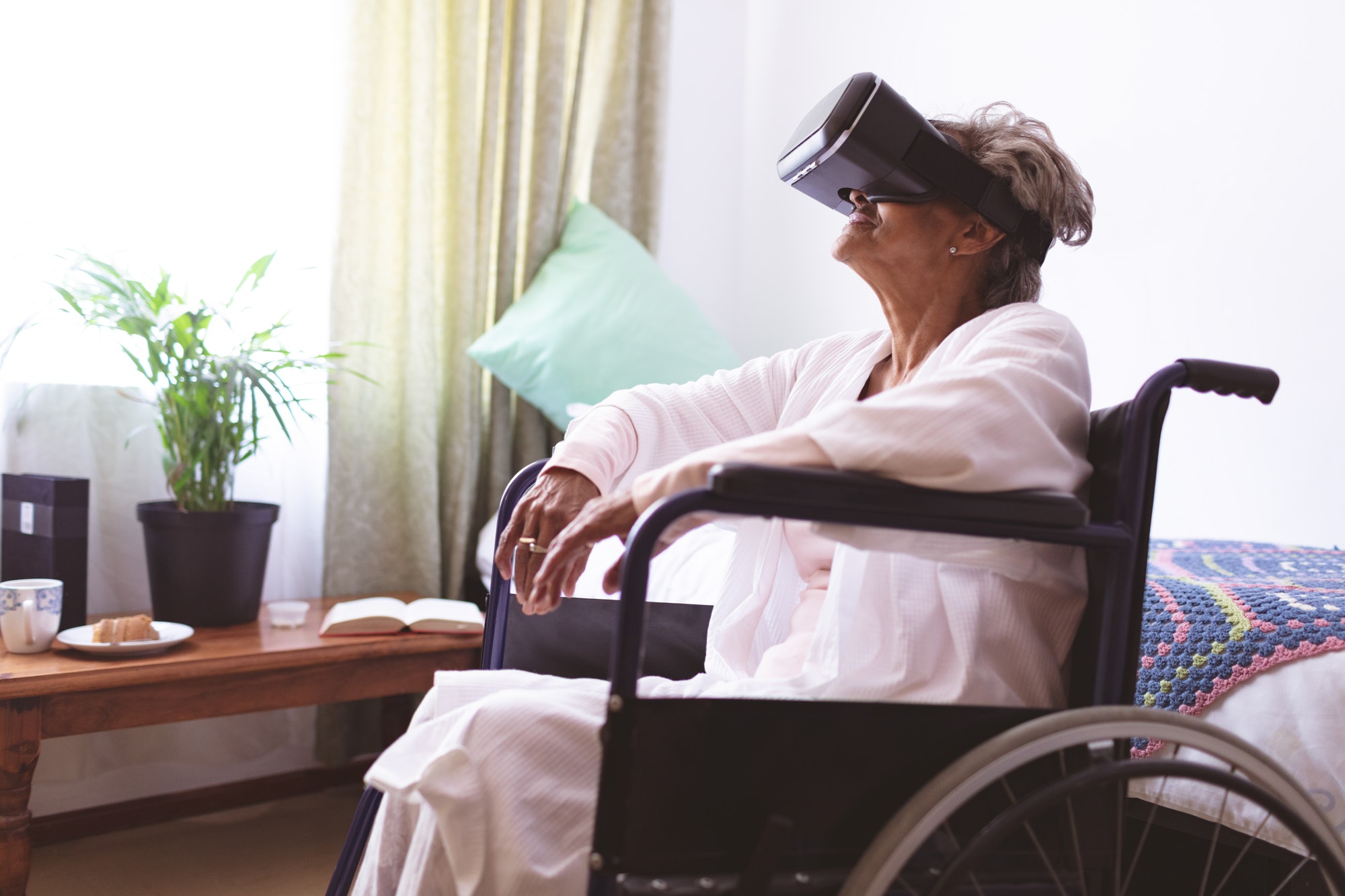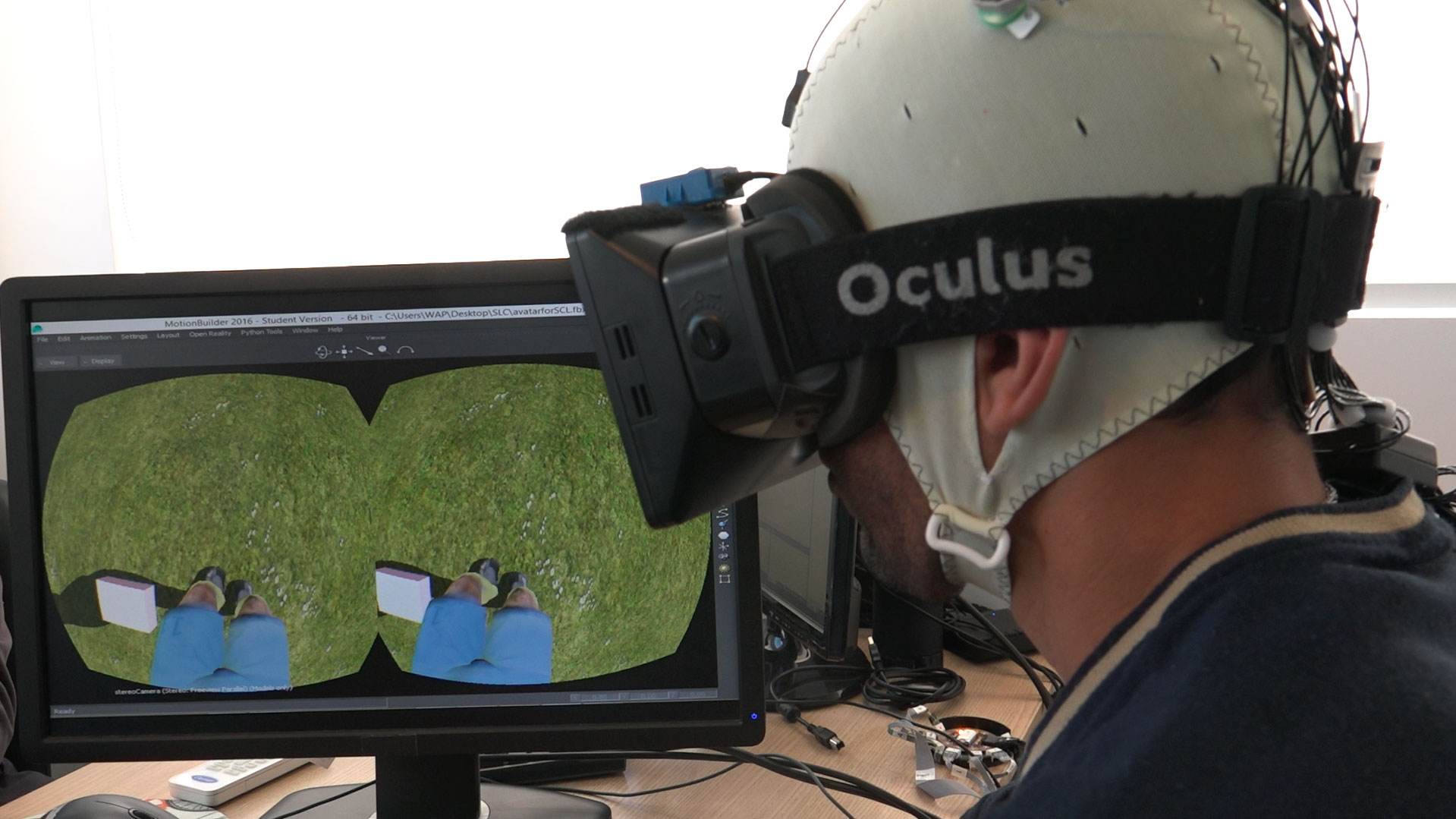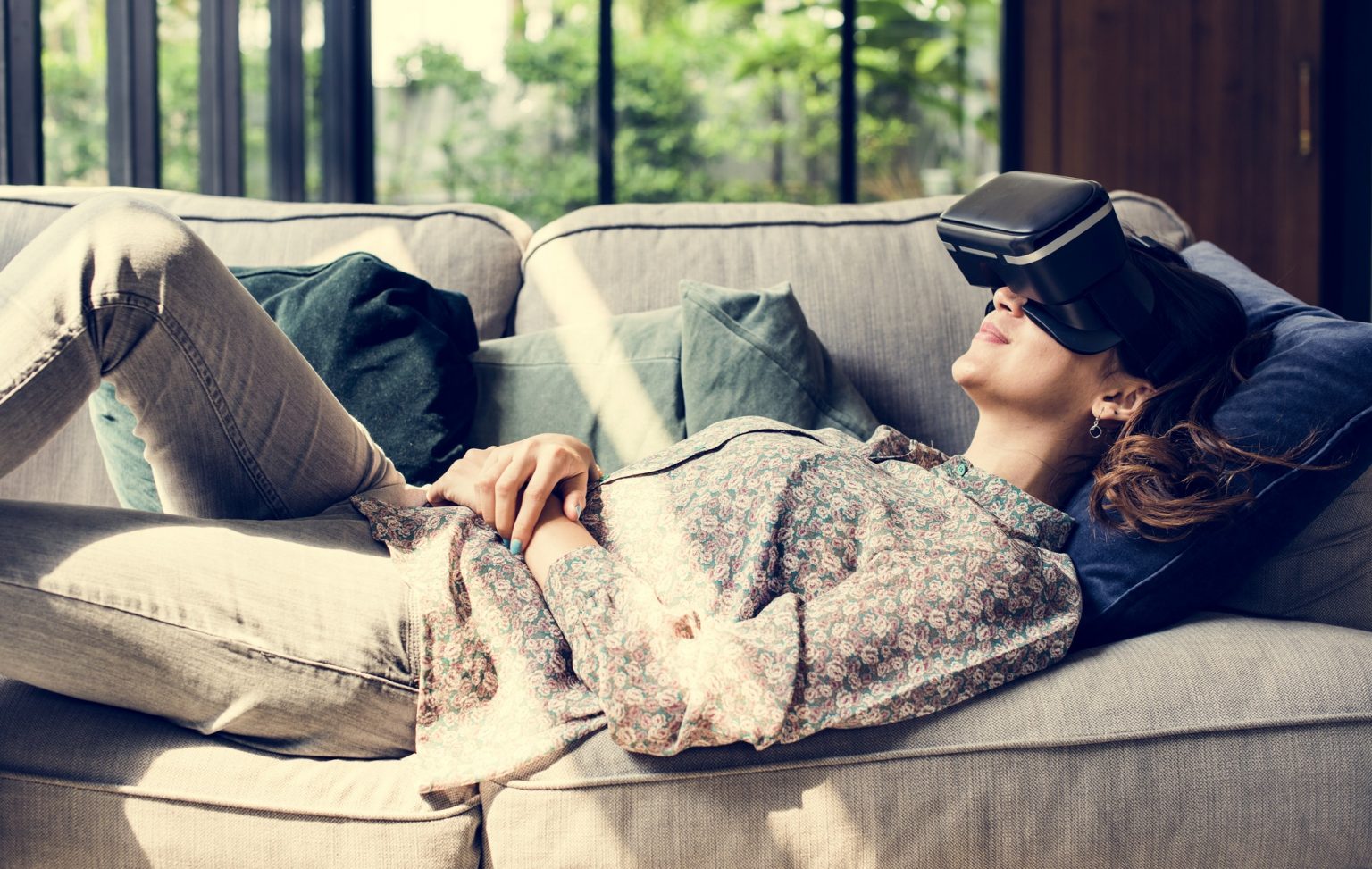Virtual reality can change what a person sees, how they think, what they feel and even how they behave. This is because users believe they are present in the virtual environment they find themselves in.
The perception of being physically present in a non-physical world is an incredible sensation and the reason why VR has been used to treat conditions like autism, PTSD, depression, and paranoia; offer pain relief and even promote recovery in paraplegics.
This powerful tool is changing lives for the better. Here are five examples:
Fostering & Adoption – The Cornerstone Partnership
This social enterprise is harnessing the power of VR to make a change to the fostering and adopting services. Through promoting empathy and understanding, VR is having a positive impact on the relationship dynamic between an adult and a child, and in turn, fewer family breakdowns will be experienced.
“VR is showing how step changes in approach and attitude are possible. The VR which has been developed and applied by Cornerstone shows how foster carers, adoptive carers, and parents can understand the impact of major family issues like neglect and domestic abuse much quicker and in a much deeper way through being immersed in a VR experience, than is possible through conventional learning programmes,” said Anthony Douglas, chair of Cornerstone’s Advisory Board.

Music – Performance Without Barriers
This research group is creating new opportunities for disabled musicians to better include them in mainstream music making scenarios, via virtual reality. Since 2015, Performance Without Barriers has designed new interfaces that allow disabled musicians to make, perform and compose their own music in more independent ways.
The team — composed of electronic engineers, sonic arts researchers, computer scientists, immersive content designers, and a soloist ensemble — has teamed up with a US software developer, who had built a VR musical instrument called EXA: The Infinite Instrument. The instrument was originally developed with able-bodied musicians in mind, so Performance Without Barriers designed it to take into account different types of mobilities. So far the group has helped a musician with cerebral palsy and a blind performer, amongst others.

Medical Training – GIBLIB
Preparing surgeons for the operating room is difficult. Practising on plastic models, watching experienced surgeons perform, and reading textbooks can help, but only to a degree. With VR, suddenly there is the opportunity for a trainee to immerse themselves in a procedure in real-time. In an environment where the stakes are high and the difference between success and failure is so slight, virtual reality offers a giant leap forward in medical education and training.
GIBLIB is a streaming media platform which specializes in developing 4K and 360-degree medical lectures for medical training. The company developed a virtual reality app that simulates an operating room and helps physicians train for various surgeries. Thanks to the app, future generations of doctors will be better prepared to deal with unexpected situations in the operating room, which in turn will make surgery safer.
The CEO and co-founder of GIBLIB, Brian Conyer, said in a press release: “The latest surgical techniques and procedural best practices are advancing faster than ever before, and the ability to gain access to educational content that keeps surgeons up-to-date needs to meet demand. Our goal is to bridge the gap between medical professionals and the knowledge they need in order to enhance their techniques in a way that is universally accessible and retains the authenticity of the learning experience.”

The Elderly – Viarama
The social enterprise is using the immersive power of the technology to improve the lives of senior citizens who are receiving end-of-life care. Using the most up-to-date computers coupled with HTC Vive headsets and Google Earth VR software, Viarama is taking those in nursing homes or hospices on journeys they never thought possible again in their lives.
Billy Agnew, chief executive of Viarama said: “In a hospice situation, we are going in there and letting people ‘travel’ the world. We are letting people travel to where they got married, or where they did their national service, and to places that they never thought they would be able to see,” said Agnew. “It’s quite often hugely moving. The first time we worked in a hospice we had two doctors who were in to evaluate what we were doing, and both of the doctors broke down because it was so emotional.”

Rehabilitation – Walk Again Project
This nonprofit international research consortium is using virtual reality to help paraplegic people regain partial sensation and muscle control in their lower limbs.
To regain movement, patients were first placed in a virtual reality environment, where they learned to use brain activity to control an avatar of themselves and make it walk around a soccer field. Researchers also designed a long sleeve T-shirt which provided haptic feedback to the patients’ forearms, stimulating the sensation of touching the ground. The arms were treated as phantom limbs, substituting for the legs, fooling the brain into feeling like the patient was walking.
After the brain reacquired the notion of walking, each patient received a custom-designed exoskeleton with nodes on the wearer’s head, which picked up signals and relayed them to a computer in the exoskeleton’s backpack. When the patient thought about walking, the computer activated the exoskeleton. Patients walked in the exoskeleton an hour a day and were eventually able to stimulate their remaining nerves to send signals back to the brain and rekindle some voluntary movement and sensitivity.
According to an article in Scientific Reports, all eight patients who participated in the study gained some motor control. One of the participants, a 32-year old woman, had suffered from paralysis for 13 years. By the time the study was over, she was able to move her legs without the help of a support harness.

This article was written by Sol Rogers, REWIND’s CEO and Founder. It originally appeared on Forbes.com




